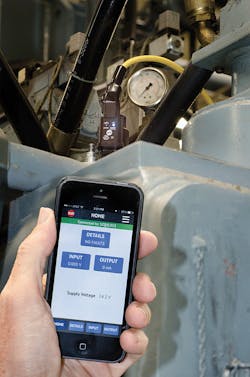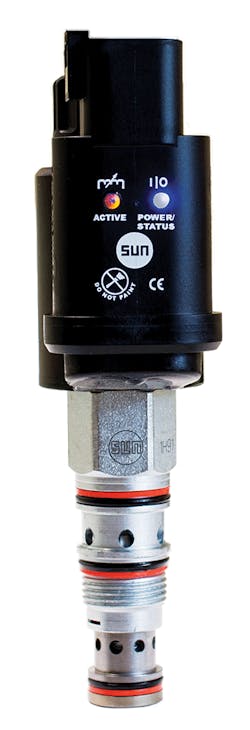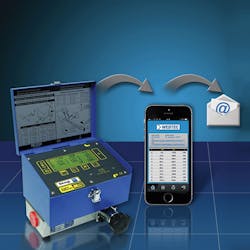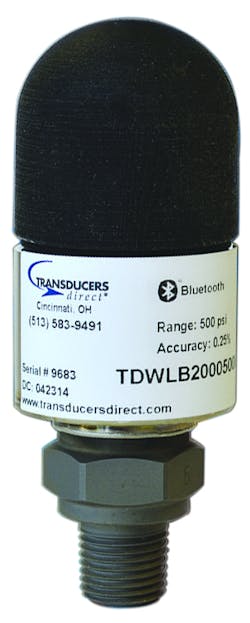This file type includes high-resolution graphics and schematics when applicable.
Over the past year or so, Industry 4.0 and the Industrial Internet of Things (IIoT) have been creeping into the vocabulary of fluid-power practitioners. IIoT and Industry 4.0 appear to be the same concept, with Industry 4.0 prevailing in Europe. The main difference seems to be the organizations promoting them.
The terms are still unfamiliar to many outside the technological community, and the same holds true for those within the specialized field of fluid power. Buzz terms like big data and cloud computing seem to have even less relevance except to those who work with control networks.
So, just what is the Internet of Things? The answer depends on who you ask, but the most understandable explanation I’ve read is from the IoT Agenda website. Here’s what it says:
“The Internet of Things is an environment in which objects, animals, or people are provided with unique identifiers (IP addresses) and the ability to transfer data over a network without requiring human-to-human or human-to-computer interaction. IoT has evolved from the convergence of wireless technologies, microelectromechanical systems (MEMS) and the Internet.
“A thing, in the Internet of Things, can be a person with a heart monitor implant, a farm animal with a biochip transponder, an automobile that has built-in sensors to alert the driver when tire pressure is low—or any other natural or man-made object that can be assigned an IP address and provided with the ability to transfer data over a network.
“So far, the IoT has been most closely associated with machine-to-machine (M2M) communication in manufacturing and power, oil, and gas utilities. Products built with M2M communication capabilities are often referred to as being smart.”
Based on this explanation, the IoT doesn’t seem much different from what’s been going on for years with industrial and mobile machines connected to any of several serial-bus communication networks. One obvious difference is communication through wireless networks and the ability to share information. That may not appear like a big jump—similar to when cordless phones were the rage in the home.
Kevin Ashton, cofounder and executive director of the Auto-ID Center at MIT, probably explains the potential of the Internet of Things best: “Today computers—and, therefore, the Internet—are almost wholly dependent on human beings for information. Nearly all the data available on the Internet were first captured and created by human beings who were typing, pressing a record button, taking a digital picture, or scanning a bar code.
“The problem is, people have limited time, attention, and accuracy—all of which means they are not very good at capturing data about things in the real world. If we had computers that knew everything there was to know about things—using data they gathered without any help from us—we would be able to track and count everything and greatly reduce waste, loss, and cost. We would know when things needed replacing, repairing, or recalling, and whether they were fresh or past their best.”
Where Does that Leave Us?
Whether you work with pneumatics, industrial hydraulics, mobile hydraulics, or all three, products have already entered the marketplace that communicate through wireless networks for data acquisition, machine monitoring and control, and diagnostics. However, IoT applications don’t necessarily require that every device in a fluid-power system be able to communicate over wireless networks.
Machines on the factory floor have already been in place that provide two-way communication and control through fieldbus networks. For mobile equipment, this could take the form of coordinated control between multiple machines on a construction site, with individual machine control provided through GPS guidance.
In either case, each machine’s decentralized controls provide monitoring and control of individual components, and the fieldbus coordinates control and operation with other machines and production schemes to optimize operation and efficiency. Therefore, machines with these decentralized controls can be retrofitted as needed.






